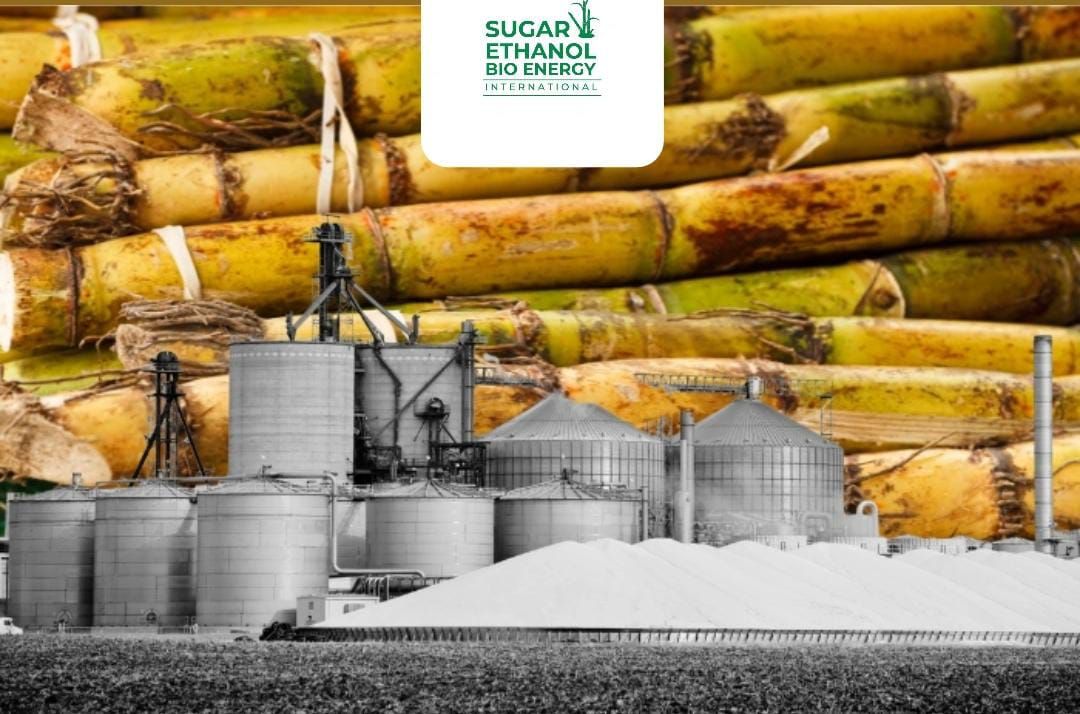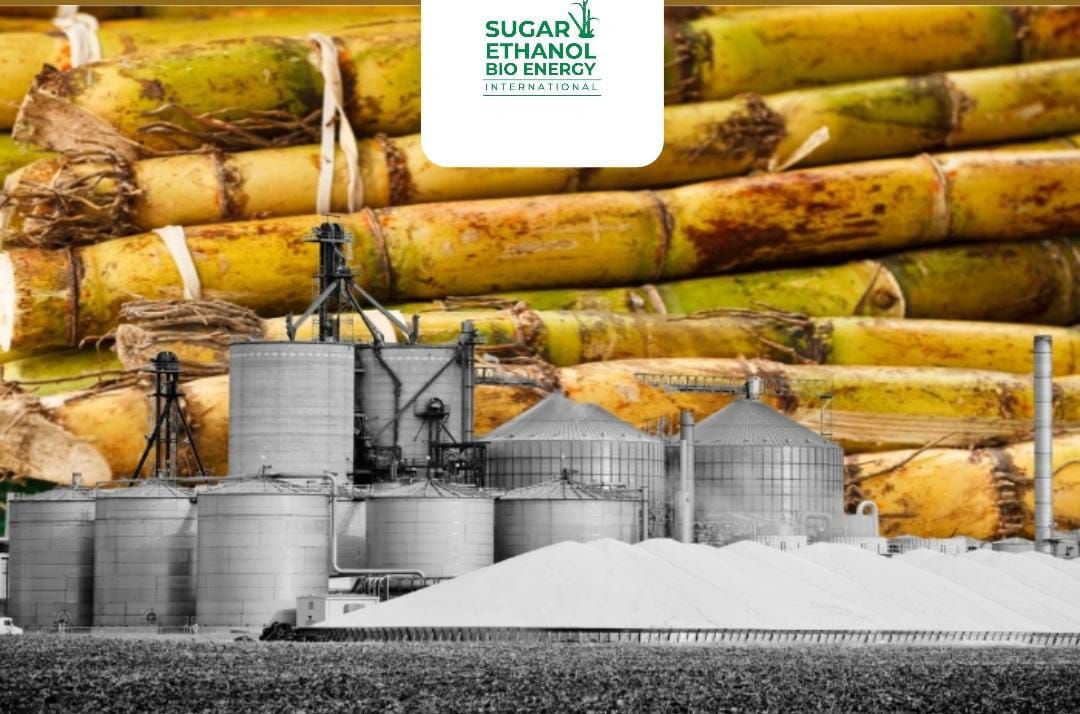
India’s ethanol production landscape is undergoing a quiet transformation. What used to be dominated by sugarcane and its by‑products is now seeing grains like maize, broken or damaged rice, and surplus foodgrains emerge as the chief raw materials.
In the ethanol supply year running from November 2023 to October 2024, grains contributed 52.7 % of ethanol sent to oil marketing companies, while sugarcane-based feedstocks (molasses, cane juice, syrup) accounted for the remaining share.
In earlier years, grain’s share was far smaller: around 27.1 % in 2022‑23, 16.7 % in 2021‑22, and negligible prior to that.
In the current ethanol supply year (ESY25, up to July 2025), ≈ 62 % of ethanol procured by oil companies came from grains (rice, maize, damaged foodgrains), while sugar accounted for about 38 %.
Several factors are driving this shift from sugar to grain:
The government has set an ex‑distillery price that makes maize-based ethanol relatively more attractive (e.g. Rs 71.86 per litre) compared to many sugar‑based alternatives. Distilleries are being enabled to operate with multi‑feedstock flexibility — switching between molasses/juice during the cane crushing season and grains in off‑season months.
Broken, damaged, or surplus rice (often not fit for direct consumption) and other foodgrains are being diverted to ethanol production rather than going to waste.
In 2025, India allocated a record 5.2 million metric tons of surplus rice for ethanol production, owing to huge stockpiles with the Food Corporation of India.
Sugarcane yields and availability have been inconsistent, partly due to weather fluctuations and resource constraints. The government has, at times, restricted ethanol production from cane juice and B‑heavy molasses to conserve sugar supply and manage food inflation. As a result, sugar-based ethanol’s share has been falling: in 2024–25, sugar-based ethanol output was reportedly just ~250 crore litres versus ~650 crore litres from grain feedstocks. Pressure on the Sugar Industry
Sugar mills that invested heavily in ethanol infrastructure face a tougher environment, as grain-based ethanol becomes more competitive. Some mills are choosing to revert to sugar production due to better margins. Water & Resource Concerns
There is debate around the water footprint: a government study claimed ethanol from sugarcane uses less water than from maize or rice (e.g., ~3,630 L water per litre of sugarcane ethanol vs ~4,670 L for maize and ~10,790 L for rice).
Critics caution that large-scale grain diversion could affect food security, grain prices, and cropping decisions. Logistics, Storage & Feedstock Quality
Using grains and broken foodgrains involves additional preprocessing — converting starch to fermentable sugars, handling impurities, maintaining supply chains, and ensuring consistent quality. Balancing Food & Fuel
As more grains are diverted, authorities must ensure that food supplies and prices remain stable, especially for staple crops like rice and maize.
India aims to blend 20 % ethanol into petrol by 2025‑26. To reach this target, diversifying feedstocks becomes essential. The shift toward grains is both a pragmatic adaptation and a strategic choice. However, sustaining this direction will depend on managing environmental, economic, and food security trade‑offs.



